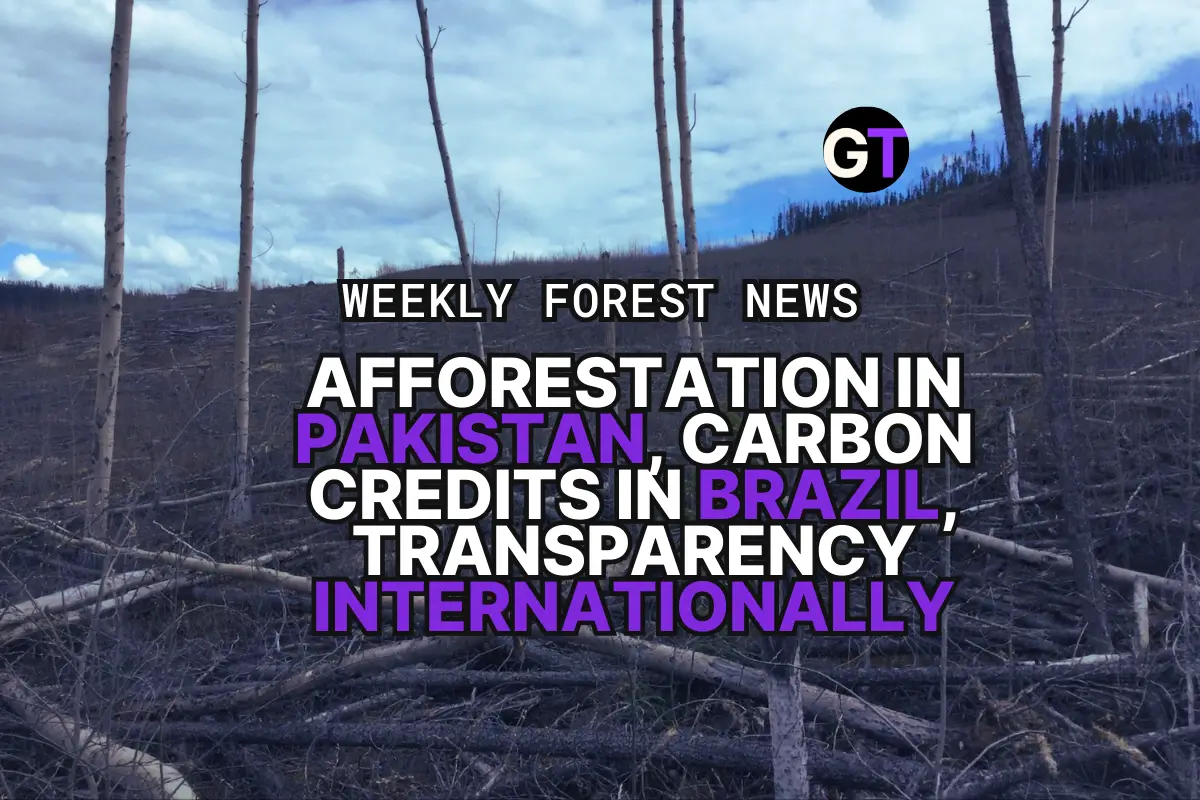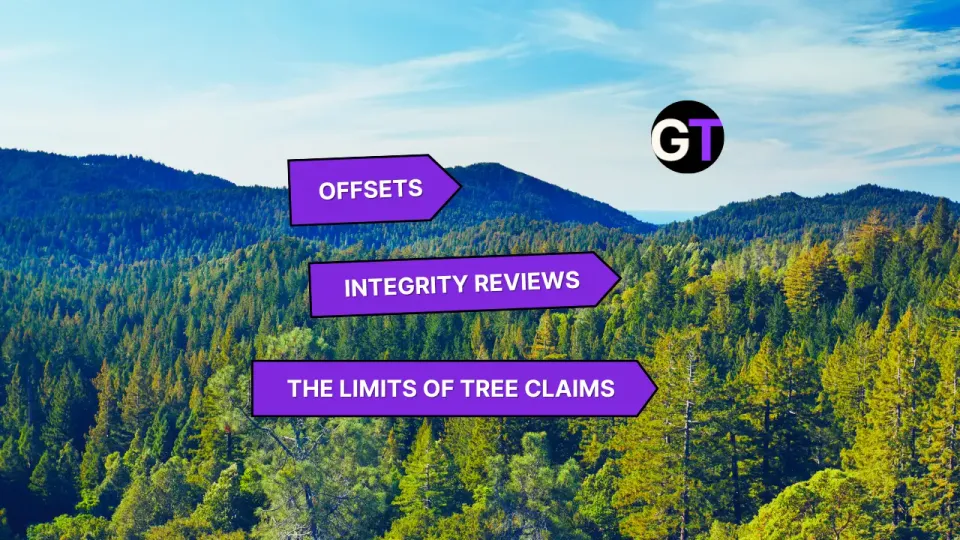Ground Truth Weekly Forest News February 21
Global reforestation efforts grow, but transparency, funding, and verification remain key challenges. Who’s tracking the trees?

Re.green and Agro Penido Team Up for Amazon Restoration
Re.green, a private equity-backed reforestation startup, has partnered with agribusiness giant Agro Penido to restore 600 hectares of degraded Amazon land. The project aims to generate 300,000 carbon credits over the next few decades, attracting major buyers like Microsoft and Google while blending conservation with sustainable farming.
How many trees is 300,000 carbon credits?
👉👉 Read more from The Cool Down
Ethiopia’s Green Legacy Initiative: 50 Billion Trees or Fuzzy Math?
Ethiopia’s ambitious Green Legacy Initiative aims to plant 50 billion trees by 2026, but experts question the numbers, survival rates, and lack of verification. While official claims suggest the country is on track, independent reports estimate a lower figure, with significant uncertainty about tree survival. Without transparent tracking, Ethiopia’s reforestation efforts remain impressive but unverified.
Is transparency the missing piece in global tree-planting initiatives?
👉👉 Read our fact-check on Ground Truth
Lahore Launches Massive Reforestation Drive to Fight Air Pollution
The Punjab government has launched an ambitious reforestation campaign, aiming to plant 634,000 trees across 978 acres along the Ravi River to help filter Lahore’s air and combat rising pollution levels. With 144 acres already planted and 105,000 trees in the ground, officials believe the initiative will play a crucial role in tackling the city’s worsening smog and heat.
Senior Punjab Minister Marriyum Aurangzeb urged citizens to take part by planting trees, stressing that creating a cleaner, healthier Lahore is a collective effort. Authorities see the project as a milestone for the city's environmental future, offering a nature-based solution to its pollution crisis.
How can large-scale tree-planting initiatives like this be tracked efficiently and transparently within Pakistan’s Billion Trees Tsunami?
👉👉 Read more from The Nation
130,000 Trees for Charsadda: KP Expands Reforestation Efforts
Speaking of Pakistan—under the ‘2025 Billion Tree Tsunami Plus’ initiative, Khyber Pakhtunkhwa aims to plant 130,000 trees in Charsadda to fight climate change and pollution. Officials promise stricter protections after last year’s 60% survival rate, with legal action against those harming saplings. Tree planting will extend to public spaces, and citizens are urged to take part.
How can large-scale tree-planting projects ensure higher survival rates?
👉👉 Read more in Tribal News Network
Just 17% of Peatlands Protected, Study Warns
Peatlands store more carbon than all the world’s forests, yet only 17% are protected, far less than mangroves (42%) or tropical forests (38%), a new study finds. With 22% facing high human pressure, researchers urge stronger legal protections, Indigenous stewardship, and better monitoring to safeguard these vital ecosystems.
What’s the best way to scale up peatland conservation?
👉👉 Read more insights on Carbon Brief
This Week in Forest Finance: Who’s Funding Trees?
From grants to venture capital, reforestation finance is gaining momentum. Carbify is seeking the WALD grant to scale blockchain-backed carbon tracking, while Chestnut Carbon secured $160M for afforestation. Meanwhile, RRA eyes $85K for feasibility studies, and a $5M partnership funds reforestation in Kenya. Yet, a new study finds only 10% of Brazil’s venture capital goes to forests—highlighting a major funding gap.
Can the private sector step up to finance global reforestation at scale?
👉👉 Read our weekly column on Ground Truth
Global Wood Fiber and Forest Carbon Potential: Which Countries Lead?
A new study assesses which countries could scale up tree planting for wood production or carbon storage, analyzing land availability and environmental conditions. Argentina, Brazil, China, Colombia, Indonesia, India, Lao PDR, and Vietnam emerge as top candidates, with others like Chile and Mexico also showing promise. While no single country is likely to plant 10 million hectares by 2030, many could still support large-scale afforestation and reforestation efforts.
Which regions should prioritize forest expansion for both industry and climate goals?
👉👉 Read more in The Journal of Forest Business Research
Restoring Kenya’s Green Heartbeat: Why Collaboration is Key
Kenya’s forests are in crisis, with deforestation threatening ecosystems, water security, and livelihoods. The government’s reforestation efforts—like the 2024 Forest and Landscape Restoration Forestry Policy—show promise, but experts warn that long-term success depends on synergy. From grassroots initiatives to international funding, all players must align their efforts to ensure transparency, community buy-in, and sustainable impact.
How can multi-stakeholder collaboration transform Kenya’s reforestation goals into lasting change?
👉👉 Read more in The Kenya Times
Pakistan’s Green Comeback: Can the Mangrove Revival Be Transparent?
We definitely spent a lot of time thinking and writing about Pakistan this week. In recent years the country's ambitious mangrove restoration efforts have expanded coverage from 40,000 to 130,000 hectares, offering climate resilience and economic benefits.
However, experts stress the need for transparent tracking of survival rates, carbon credits, and long-term impact to ensure credibility. Without independent oversight and open data, reforestation risks missing the mark on lasting environmental success.
Is the wider public ready to demand full transparency in reforestation projects?
👉👉 Read our coverage on Ground Truth
Edited by Chris Harris

This work is licensed under a
Creative Commons Attribution 4.0 International License.




